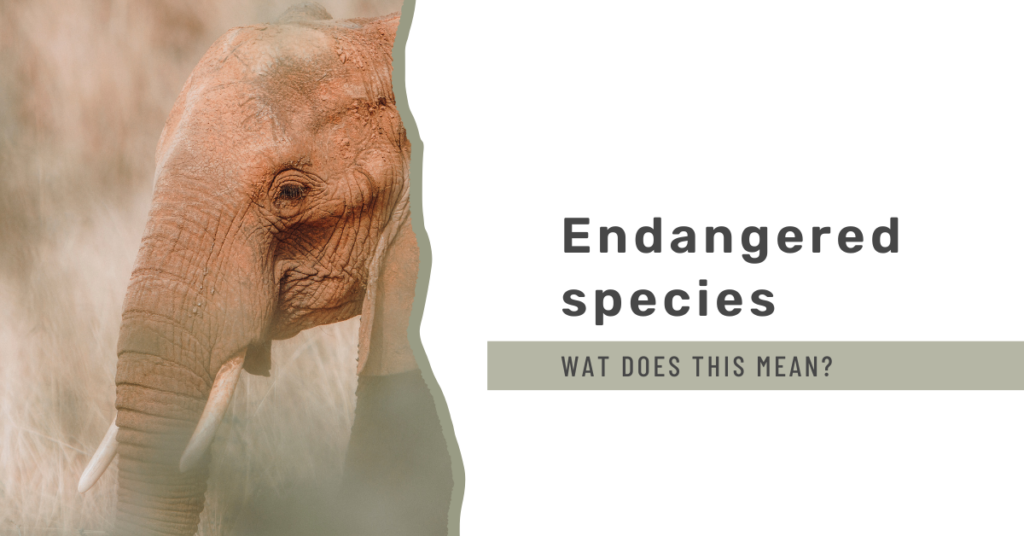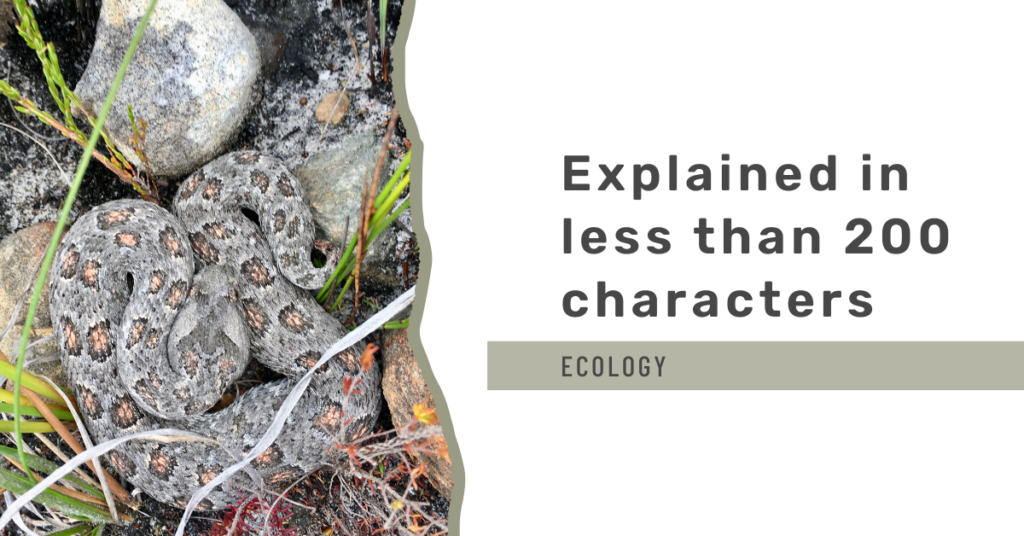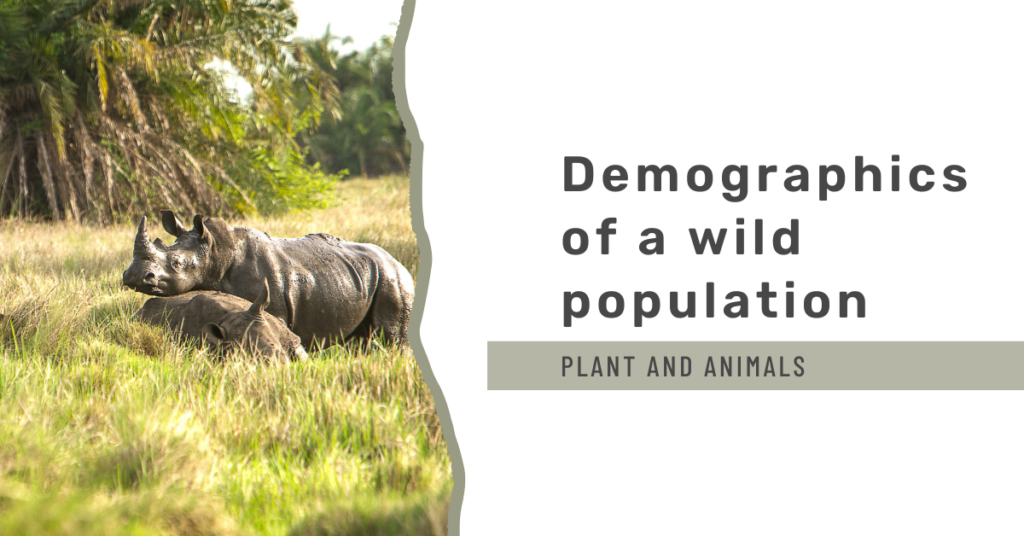Symbiotic interactions stand as captivating biological relationships, honed through millions of years of evolution. These partnerships unite two or more species in intimate coexistence, where each entity exerts influence upon the other. Such interactions bear profound significance for the survival of numerous species and serve as a pivotal element within the realm of the natural world. This blog post endeavours to delve into six distinctive forms of symbiotic interactions, unravelling their advantages, limitations, and significance in the context of nature conservation.
A symbiotic interaction where one species obtains a benefit
Mutualism is a fascinating symbiotic interaction between two species that benefits both organisms. Mutualism occurs when both organisms receive something of value from each other, such as food, shelter, or protection. In some cases, the two species are so interdependent that they cannot survive without each other. An example of such a relationship is the oxpecker and large mammals. The oxpecker feeds on the parasites that infest the mammal’s skin, while the mammal provides the oxpecker with food and a place to live. Another example of mutualism is the relationship between bees and flowers. Bees collect nectar from flowers, and in the process, they transfer pollen from one flower to another, helping to pollinate the plants.
Commensalism is a type of symbiotic interaction where one organism benefits from the relationship, and the other organism is not harmed or helped. In other words, commensalism is a one-sided relationship. An example of commensalism is the relationship between a remora fish and a larger marine animal, such as a whale or shark. The remora attaches itself to the larger animal and feeds on the scraps of food that the animal leaves behind. The remora benefits from the relationship, while the larger animal is not affected.
Parasitism is a type of symbiotic interaction where one organism benefits at the expense of the other organism. The parasite lives off of its host, using its resources to survive and reproduce. The host is harmed by the relationship, and in extreme cases, may even die as a result of the parasite’s presence. An example of parasitism is the relationship between a tick and a mammal. The tick feeds on the blood of the mammal, which can cause the mammal to become sick or even die if the tick is carrying a disease.




No species obtains a benefit
Amensalism is a type of symbiotic interaction where one organism is negatively affected by the relationship, while the other organism is not affected at all. An example of amensalism is the relationship between sheep and grass. The sheep may trample on the grass, causing damage to the plants. However, the sheep are not affected by the trampled grass and can continue to graze. Another example of amensalism is the relationship between the Spanish ibex and certain weevils. The weevils feed on the same type of shrubs as the ibex, but the ibex is not affected by the weevils’ presence.
Neutralism is a type of symbiotic interaction where both organisms are not affected by the relationship. This type of interaction is rare in nature, as most organisms are affected by the presence of other organisms in some way. An example of neutralism is the relationship between two species of plants that grow in the same area but do not compete for resources.
Competition is a type of symbiotic interaction where both organisms are negatively affected by the relationship. This occurs when two organisms compete for the same resources, such as food or water. In some cases, competition can lead to one organism out-competing the other and taking over the resources. Which can lead to the extinction of one of the species. An example of competition is the relationship between two species of birds that both eat the same type of insect. If the insect population is low, the two bird species will have to compete for food. Which can lead to one species dominating the other.
The Importance of Symbiotic Interactions in Nature
Symbiotic interactions are essential for the survival of many species and play a vital role in maintaining the balance of ecosystems. These interactions can be beneficial, neutral, or harmful to the organisms involved. In the previous sections, we have discussed the six types of symbiotic interactions and provided examples for each of them. In this section, we will explore the importance of symbiotic interactions in nature conservation and how they can affect the biodiversity of ecosystems.
Evolution of symbiotic relationships
Symbiotic relationships have played a key role in shaping biodiversity over millions of years. These relationships have evolved in response to selective pressures such as competition for resources, predation, and environmental conditions. For example, the evolution of flowering plants and their pollinators is a classic example of a mutually beneficial symbiotic relationship. The evolution of these relationships has led to a vast diversity of pollinators, including bees, butterflies, moths, and hummingbirds, which in turn has led to the evolution of diverse floral traits such as colour, shape, and fragrance.
In addition to pollination, symbiotic relationships have played a role in the evolution of other important ecological interactions. Such as herbivory, predation, and mutualism. For example, the evolution of herbivores such as cows, sheep, and deer has driven the evolution of defensive traits in plants, such as thorns, spines, and toxic chemicals. The evolution of these traits has in turn influenced the evolution of herbivore digestive systems. Leading to the evolution of symbiotic relationships with gut bacteria that help digest plant material. Understanding the evolutionary history of symbiotic relationships can provide valuable insights into the functioning of ecosystems and the importance of conserving these relationships.




Role of symbiotic interactions in nutrient cycling
Symbiotic relationships play a crucial role in nutrient cycling. Which is the process by which nutrients are exchanged and recycled between different organisms in an ecosystem. One example of such a relationship is the mutualistic association between plants and mycorrhizal fungi. Mycorrhizal fungi form a symbiotic association with plant roots. In which the fungi provide the plant with essential nutrients such as phosphorus and nitrogen in exchange for carbon compounds produced by the plant during photosynthesis. In this way, the fungi increase the plant’s ability to take up nutrients from the soil. While the plant provides the fungi with a source of carbon.
Another example of symbiotic nutrient cycling is the decomposition of dead organisms by decomposer organisms such as bacteria and fungi. These decomposer organisms break down the complex organic molecules in dead plant and animal material into simpler compounds. Releasing nutrients back into the ecosystem that can be taken up by other organisms. Symbiotic interactions such as these play a critical role in maintaining the balance of nutrients in ecosystems and promoting the growth and survival of plants and other organisms.
Importance of symbiosis in ecosystem resilience
Ecosystems that have a high diversity of symbiotic relationships tend to be more resilient to disturbances such as droughts, floods, and fires. This is because the interactions between different organisms provide multiple pathways for energy and nutrient flow. Which can help to maintain ecosystem functioning even in the face of environmental stressors. For example, the mutualistic relationship between corals and photosynthetic algae provides corals with essential nutrients. While the corals provide the algae with a protective habitat. This symbiotic relationship helps to maintain the productivity of coral reefs. Which are some of the most diverse and productive ecosystems on the planet.
In addition to promoting ecosystem resilience, symbiotic interactions can also help to restore degraded ecosystems. For example, the restoration of degraded agricultural lands often involves the use of mycorrhizal fungi to enhance nutrient uptake by crops. The restoration of degraded forests often involves the use of fungi and other organisms to decompose dead plant material and restore nutrient cycling. Overall, the diversity and complexity of symbiotic relationships are crucial for maintaining the health and functioning of ecosystems. Highlighting the importance of conserving and protecting these relationships.
Explore Symbiotic Interactions: Dive Deeper with our Comprehensive eBook
As our voyage into the domain of symbiotic interactions continues, we’ve merely grazed the surface of this captivating narrative. Delve deeper into the captivating world of symbiotic interactions with our exclusive eBook. A treasure trove of knowledge and discovery designed to ignite the curiosity of young minds. Our eBook is a harmonious blend of science, math, literature, art, and exciting activities. All woven together to unravel the mysteries of the animal kingdom’s ingenious defence strategies.
Through delightful narratives, interactive lessons, and hands-on projects, we bring these interactions to life in ways that captivate, educate, and inspire. Children will embark on a journey that transcends the boundaries of traditional learning, as they immerse themselves in a symphony of learning experiences that foster critical thinking, creativity, and a deep appreciation for the wonders of nature. From designing their own protective coverings to exploring the dynamic world of symbiotic interactions through exciting experiments, our eBook transforms education into an adventure. It’s not just a resource; it’s a passport to a world of learning that leaves a lasting imprint on young hearts and minds. Join us in sparking a lifelong love for nature and discovery – all while having a blast along the way.
Want to support my work?
If you enjoyed reading this guide on symbiotic interactions, I would be grateful for your support in helping me to continue sharing my love for the natural world. By buying me a coffee or checking out my digital art, you are not only showing your appreciation for my work but also helping me to pursue my dream of becoming a scientist in tropical forests. My passion for nature has been the driving force behind this blog. And I am dedicated to contributing to nature conservation efforts through my writing. Your support means the world to me, and it will help cover the costs of research, hosting, and writing, bringing me one step closer to realizing my dream. Let’s join hands and make a positive impact on the world together. Thank you for your amazing support!







